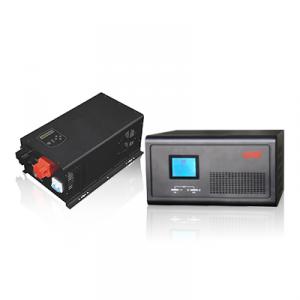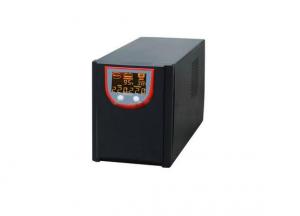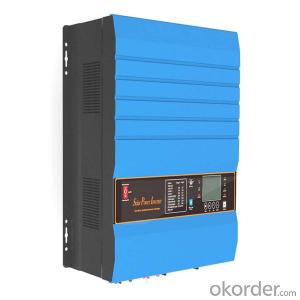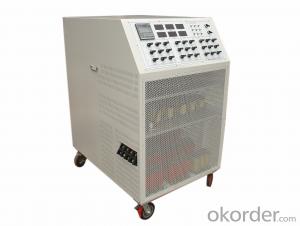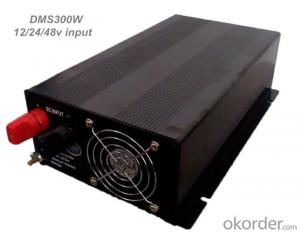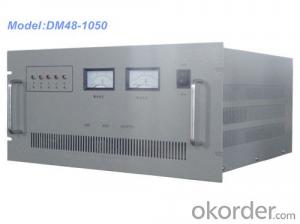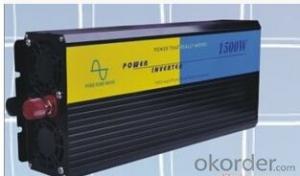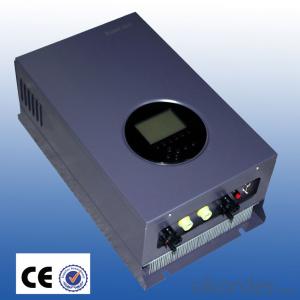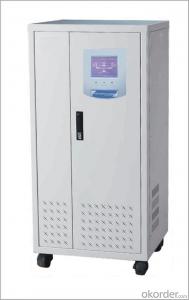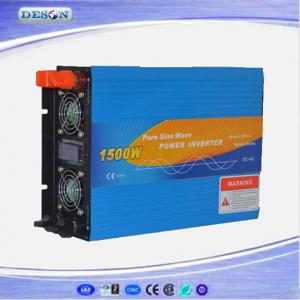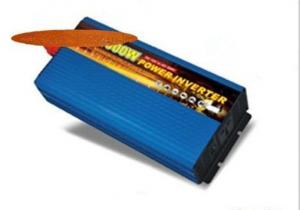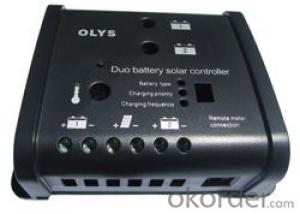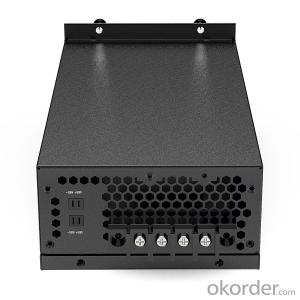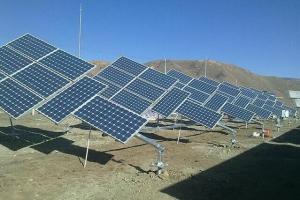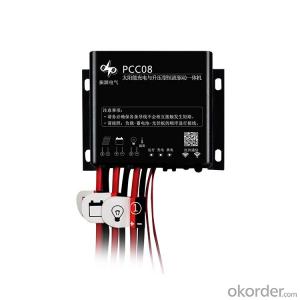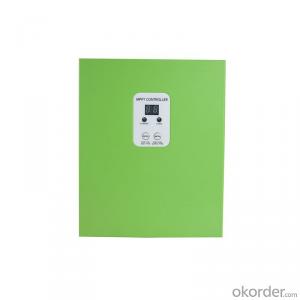Pure Sine Solar Inverter
Pure Sine Solar Inverter Related Searches
Home Power Inverter For Solar Solar Power Inverter For House Solar Power Inverter For Rv High Power Solar Inverter Cost Of Solar Power Inverter Solar Power Inverter System Power Inverter Solar Panel Inverter Ac On Solar Power Solar Power 3 Phase Inverter Cheap Solar Power InverterHot Searches
Solar Inverter For Laptop Solar Inverter For Fridge Solar Inverter Price In Kenya Solar Inverter Price In Kerala Solar Inverter Price In Ghana Solar Inverter Price In Nepal Solar Inverter Price In Ksa China Solar Inverter Price Best China Solar Inverter Solar Inverter Supplier In Uae Solar Inverter In Dubai Solar Inverter In Saudi Arabia Solar Inverter In Uae Solar Inverter In Kerala Solar Inverter In Nepal Solar Inverter In Burpengary Solar Inverter In Caboolture Solar Inverter In Chennai Solar Inverter In Lebanon China Hybrid Solar InverterPure Sine Solar Inverter Supplier & Manufacturer from China
Okorder.com is a professional Pure Sine Solar Inverter supplier & manufacturer, offers integrated one-stop services including real-time quoting and online cargo tracking. We are funded by CNBM Group, a Fortune 500 enterprise and the largest Pure Sine Solar Inverter firm in China.Hot Products
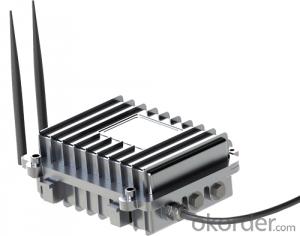
Internet of Things Wireless Centralize Controller Remote Monitor System MPPT Solar Charge Controller
FAQ
- Advantages of an MPPT (Maximum Power Point Tracking) solar controller: 1. Increased Efficiency: MPPT controllers can improve the overall efficiency of a solar system by up to 30%. They track the maximum power point of the solar panels and adjust the voltage and current to ensure that the panels are operating at their optimal efficiency, even under varying weather conditions. 2. Better Performance in Low Light Conditions: MPPT controllers are designed to extract maximum power from the solar panels, even in low light conditions. This means that they can generate electricity even when the sunlight is not at its peak, making them ideal for areas with frequent cloud cover or shading. 3. Compatibility with Different Solar Panel Configurations: MPPT controllers can be used with a wide range of solar panel configurations, including both high and low voltage panels. This makes them highly versatile and suitable for various system setups. 4. Ability to Charge Different Battery Types: MPPT controllers are capable of charging different types of batteries, such as lead-acid, lithium-ion, or gel batteries. They have built-in algorithms that optimize the charging process for each specific battery type, ensuring maximum battery life and performance. Disadvantages of an MPPT solar controller: 1. Higher Cost: MPPT controllers are generally more expensive compared to PWM (Pulse Width Modulation) controllers, which are a simpler and cheaper alternative. The additional features and advanced technology of MPPT controllers contribute to their higher price point. 2. Complex Installation and Setup: MPPT controllers require more complex installation and setup compared to PWM controllers. They often require additional wiring and configurations to connect the solar panels, batteries, and load. This may require professional assistance or a good understanding of electrical systems. 3. Increased Maintenance Requirements: MPPT controllers are more sophisticated devices, and as such, they may require more maintenance compared to PWM controllers. Regular monitoring and occasional firmware updates may be necessary to ensure optimal performance. 4. Potential for Overheating: MPPT controllers can generate more heat during operation due to their advanced circuitry. This heat needs to be dissipated effectively to prevent damage to the controller or reduce its lifespan. Adequate ventilation and proper installation are essential to avoid overheating issues. Overall, the advantages of an MPPT solar controller, such as increased efficiency, better performance in low light conditions, compatibility with different panel configurations, and the ability to charge various battery types, often outweigh the disadvantages. However, the higher cost, complex installation, increased maintenance requirements, and potential for overheating should be considered when making a decision.
- No, a solar controller is not designed to handle different load types. It is primarily responsible for regulating the charging and discharging of batteries in a solar power system. The load types, such as resistive or inductive, should be handled by appropriate devices like inverters or converters that are specifically designed for those load types.
- Yes, a solar controller can be used in a hybrid solar system. A solar controller, also known as a charge controller, is used to regulate the charging and discharging of batteries in a solar power system. In a hybrid solar system, which combines solar power with another source of energy such as a grid or generator, a solar controller is still necessary to manage the battery charging process. In a hybrid solar system, the solar controller helps optimize the use of solar energy by ensuring that the batteries are charged efficiently from the solar panels. It prevents overcharging, which can damage the batteries, and also prevents deep discharge, which can reduce their lifespan. Additionally, the solar controller can provide additional features such as battery temperature sensing and load control, further enhancing the performance and longevity of the battery bank. By using a solar controller in a hybrid solar system, you can effectively integrate and manage different sources of energy, allowing you to maximize the use of solar power while still having the flexibility to switch to alternative sources when needed. This ensures that your hybrid solar system operates efficiently, effectively utilizing the available resources and providing you with a reliable and sustainable power supply.
- The purpose of the battery voltage regulation feature on a solar controller is to ensure that the batteries connected to the solar system are charged and maintained at the optimal voltage level. This feature controls the charging process to prevent overcharging, which can damage the batteries, and also prevents the batteries from being discharged too much, which can reduce their lifespan. By regulating the voltage, the solar controller helps to maximize the efficiency and longevity of the battery bank in a solar power system.
- Absolutely! RVs or caravans can definitely make use of a solar controller. It is actually strongly advised to equip these vehicles with a solar controller when incorporating solar panels. A solar controller, also referred to as a charge controller, plays a significant role in managing the electricity flow from the solar panels to the battery bank. This helps prevent overcharging and prolongs the lifespan of the batteries. Moreover, it safeguards delicate electronic devices and appliances in the RV or caravan from voltage spikes or fluctuations. By employing a solar controller, you can effectively and securely tap into solar power for all your vehicle's electrical requirements while on the move or during camping excursions.
- The maximum input voltage for a solar controller with an LCD display depends on the specific model and manufacturer. It is important to refer to the product's specifications or user manual to determine the exact maximum input voltage for that particular solar controller.
- To safeguard solar panels in extreme temperature conditions, a solar controller comes into play. Its primary function is to regulate and maintain voltage and temperature levels within safe operating ranges, thus preventing any potential damage. When faced with scorching temperatures, the solar controller acts to prevent panel overheating. It accomplishes this by reducing the charging voltage or current, inhibiting excessive heat buildup. This step is crucial as excessive heat can lead to thermal stress, delamination, or even cracking of the solar cells. Conversely, in extremely cold temperatures, the solar controller prevents harm by ensuring that the batteries connected to the solar panels are neither overcharged nor discharged. This is achieved through adjustments in the charging algorithm or by disconnecting the batteries when the temperature falls below a specific threshold. Furthermore, advanced solar controllers may incorporate temperature sensors that monitor the panels' temperature. These sensors provide real-time data, enabling the controller to adapt the charging parameters accordingly, thus averting any potential damage stemming from extreme temperature conditions. In essence, the solar controller assumes a pivotal role in safeguarding solar panels against temperature-related damage. By regulating voltage, current, and battery charging levels, it guarantees that the panels function within secure limits, thus optimizing their lifespan and performance.








